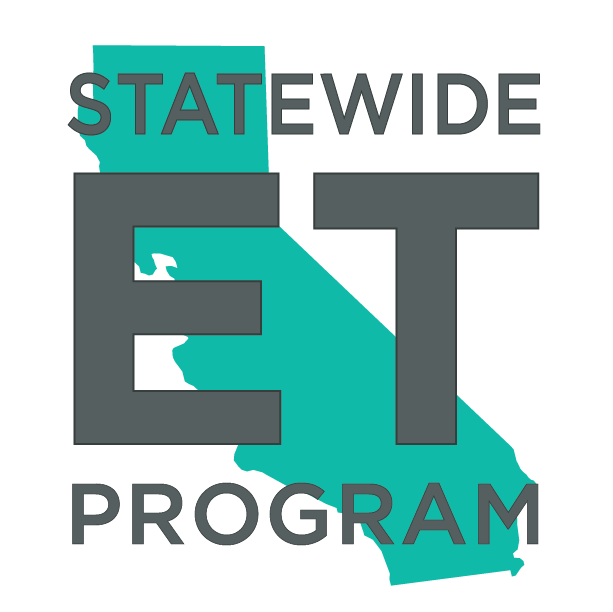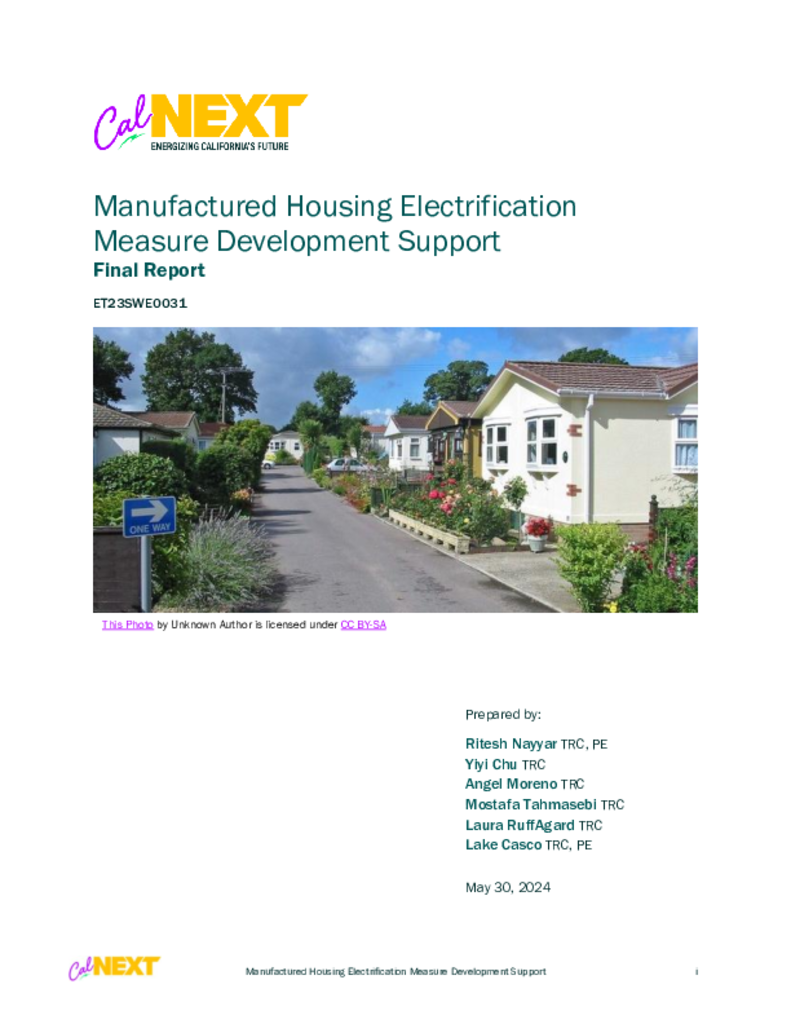ET23SWE0031 - Manufactured Housing Electrification Measure Development Support
With rising housing costs in California, the prevalence of affordable manufactured housing has been growing, especially in areas affected by recent wildfires. Many homeowners find manufactured housing to be a means to get them back in a home much faster, and much more affordably. For years, manufactured homes have been excluded from efficiency rebate programs, but with the number of manufactured homes growing every year, there is an increasing need to ensure the units going into the market are efficient all-electric units. The project team will utilize existing DEER prototypes for single-, double-, and triple-wide all-electric manufactured homes meeting the updated HUD code and the new Energy Star 2.1 Certification to model energy consumption and expected energy savings over the HUD baseline across California’s climate zones. This modeling effort will include both standard resistance heating technologies and heat pumps of varying above-code efficiencies and induction cooking technologies. Development of an all-electric manufactured home measure package allows for a more streamlined inclusion of manufactured housing in utility rebate programs. With both the new updated HUD code for manufactured housing (first update since 1993) and the EPA implementation of Energy Star 2.1 for manufactured housing in 2023, development of new manufactured housing measure packages is timely.
The rising housing costs in California, particularly in wildfire-prone regions, have led to increased reliance on affordable manufactured housing. However, these homes have been excluded from efficiency rebate programs, operating under standards that lack resilience and efficiency emphasis. Despite federal limitations on energy efficiency standards, national programs like ENERGY STAR® for Manufactured Homes (ESMH) and Zero Energy Ready Homes for Manufactured Housing (ZERH MH) offer options for higher efficiency levels. Yet, upfront costs hinder the adoption of efficient technologies like heat pumps, contributing to higher homeownership costs. This project aims to develop an electronic Technical Reference Manual (eTRM) measure package to support the electrification of newly constructed manufactured housing in California. Findings reveal that energy efficiency upgrades, including envelope improvements and efficient HVAC and cooking equipment, can yield significant savings, though there are incremental costs associated. Stakeholder insights underscore the importance of addressing barriers such as outdated codes and affordability issues, and recommendations include developing educational outreach, offering incentives at the retailer level, and proactively engaging stakeholders ahead of impending energy efficiency standards. Additionally, opportunities lie in prioritizing utility conversion upgrades in master-metered mobile home parks, aligning with the transition towards fully electrified manufactured housing units and mobile home parks.

